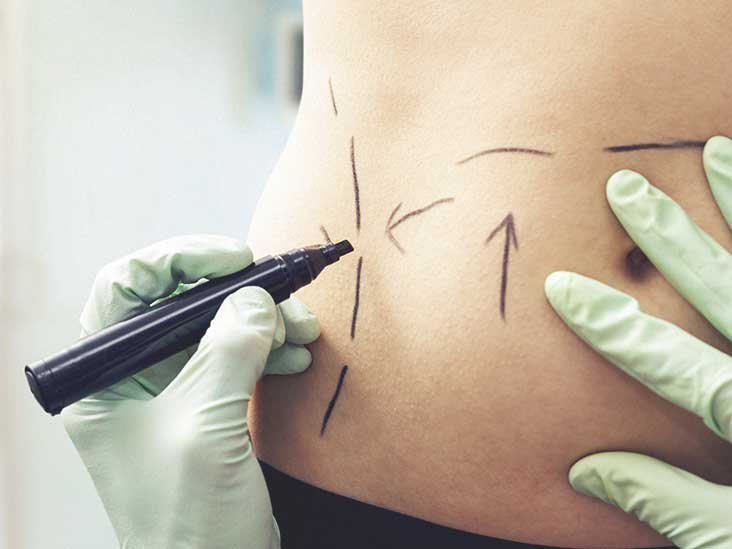There are risks associated with liposuction that should be understood and discussed with your surgeon before undergoing the procedure. These include blood clots, infection, irregular contours, and fluid accumulation. With a skilled plastic surgeon, these liposuction risks can be minimized.
Side Effects
After liposuction, a patient can experience certain side effects. These side effects are usually mild and can be treated with oral medication. The most common one is pain, which can be managed with pain relievers. Some patients may also experience temporary numbness in the target area.
Other risks related to liposuction include blood clots and infection. The latter is rare but can be fatal. The procedure can also cause pulmonary edema if the patient receives too much intravenous fluid during the procedure. However, this condition can be avoided by using tumescent liposuction, which uses a dilute local anesthetic instead of IV fluids.
Complications
A common complication of liposuction is bruising or ecchymosis. Some patients experience persistent bruising, especially if they smoke or take blood-thinning medications. They may also have an abnormal bleeding pattern, which may require Vitamin K injections. Prolonged compression is another effective way to control venous bleeding.
There are several other complications of liposuction, which can range from a minor inconvenience to life-threatening. Some are local, while others are systemic and may cause severe morbidity or even death. Allergic reactions to the medications or materials used during the procedure are also common complications. A surgical incision can be infected, and in severe cases, an infection could lead to an abscess or sepsis.

Infections
Infections after liposuction can occur for several reasons. One of the main causes is decreased immunity. Another major factor is the complex environment that patients are exposed to post-surgically. Infections can cause a wide variety of complications and can lead to death. Antibiotics and other measures should be taken to minimize the risk of these complications.
The risk of infection after liposuction is higher in patients with diabetes and patients with weakened immune systems. Additionally, the surgical site is prone to bacterial sullying. In these situations, antibiotics will be prescribed by the cosmetic surgeon. If the infection is severe, further surgery may be necessary.
Blood Vessel Damage
Symptoms of blood vessel damage after liposuction include postoperative bruising, swelling, and pain. In rare cases, a vascular complication could lead to cardiac arrest or respiratory failure. Patients with blood clotting disorders, genetic risk factors, prolonged surgery, and obesity are at increased risk. People who smoke and are older than 60 are also at a higher risk. Those who take oral contraceptives also have an increased risk of DVT.
A few people with preexisting conditions may experience near-syncope. This is often accompanied by nausea and vomiting. This is unusual in patients undergoing liposuction, but it is possible. In such cases, it is important to have proper glycemic control. In addition, smokers should quit smoking before the procedure to prevent blood vessel damage after liposuction. Substandard care may result in infection during or after the procedure. A sterile operating room and handwashing procedures are important. In addition, the instruments and supplies used to perform the procedure must be thoroughly cleaned to remove any trace of blood and tissue from previous patients. They should also be sterilized before being used again.

